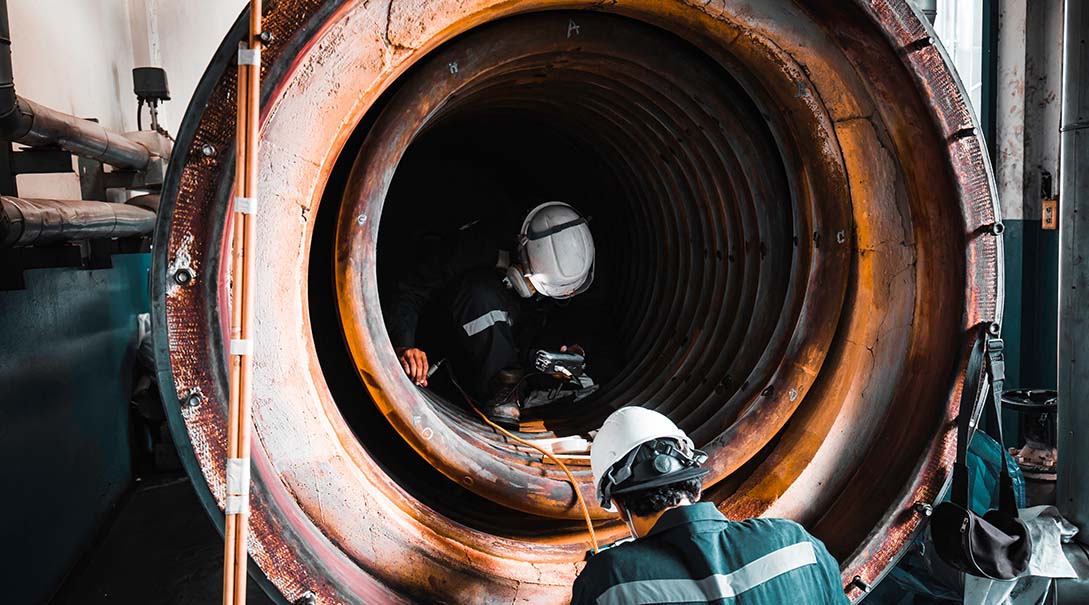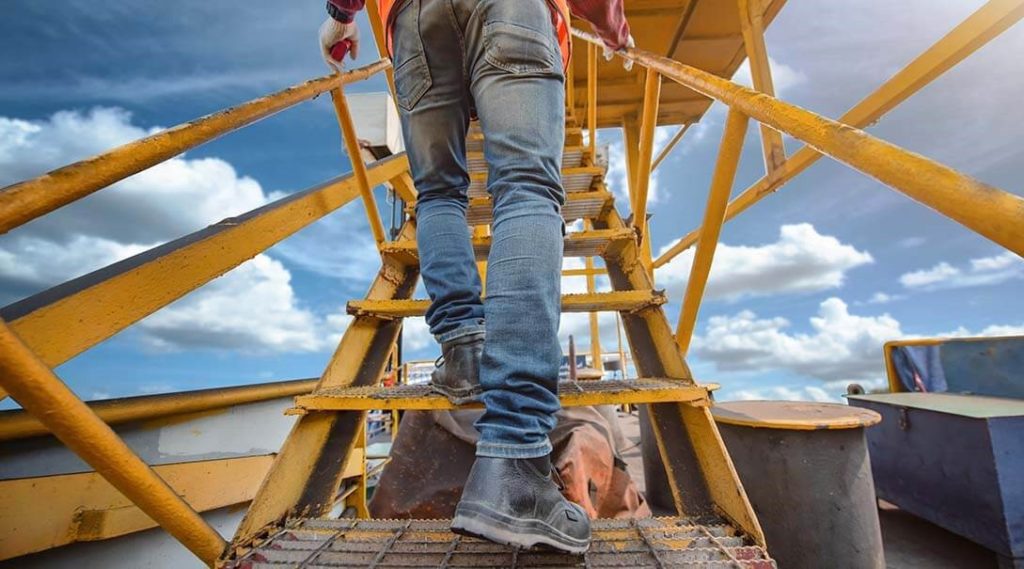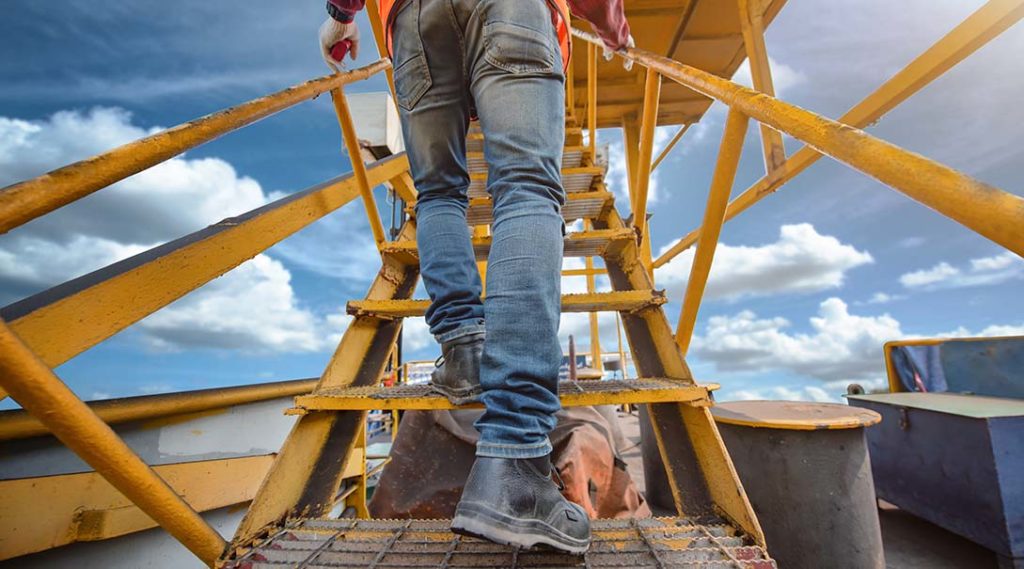In the power plant industry, working in confined spaces poses some of the most dangerous hazards of the field. However, confined space training can help combat risks by teaching employees how to avoid or deal with them if they occur. Power plant confined space training can help improve safety measures to protect at-risk workers.
What Is Confined Space Training for Power Plants & The Energy Sector?
Confined spaces in the power plant industry are small spaces that can trap those inside or contain a hazardous atmosphere. Employees often get stuck in these areas and need to know how to escape, and confined space training can assist in helping to provide preparation for such occurrences.
Within the power plant industry, there are regulations and rules about confined spaces which must be adhered to. During training, employees will learn that only those with the proper training are allowed into these spaces, which helps ensure risks are avoided, and they are prepared for an emergency should one occur.
Common Types of Confined Spaces
A confined space, by definition, is any place that poses a foreseeable and specific risk due to its enclosed nature. These types of confined spaces could include:
- sumps,
- tanks,
- tunnels,
- vessels,
- sewers and boreholes,
- trenches/excavations,
- turbines,
- pipes,
- boilers, and more.
These spaces can be found in electric, coal, and gas power stations. Each confined space is unique, meaning employee understanding of the potential hazards is crucial before they enter that space.
Common Confined Space Risks
Common confined space risks could include:
- electrical shocks,
- fire and explosion,
- non-ionizing radiation,
- hazardous chemicals, and
- other dangerous conditions.
Since each confined space is unique, it’s important to assess the confined space one will enter appropriately. This assessment is taught in training and should include foreseeing the potential risks of that space and identifying if the risk potential is low, medium, or high.
Low-risk confined spaces usually have manual or natural ventilation, allowing air to escape and keeping potentially hazardous chemicals flowing to avoid a dangerous atmosphere. Access to this space is also unobstructed, enabling workers to get in and out during an emergency quickly. Often low-risk areas are confined spaces such as attics or cellars.
Medium risk confined spaces in a power plant generally involve two or more people, which provides assistance and aid in the event of an emergency. Typically, one person is stationed outside the confined space to allow for more help if a risk occurs. Some examples of medium-risk confined spaces include pits or tunnels.
High-risk confined spaces contain no natural entrances, making them exceptionally risky as often they’re not built to be entered by a person and often involve the assistance of several people. Also, the team will need special breathing and rescue equipment if a hazardous situation occurs. An example of this could be a boiler or a turbine.
A component of confined space training is analyzing foreseeable risks. Some risks that could occur can include:
- serious injuries from a fire or explosion,
- increased body temperature,
- loss of consciousness,
- drowning, or
- the inability to reach a breathable environment through the flooding of a solid or liquid material
Benefits of Confined Space Training
Since confined spaces in power plants pose so many risks, employees must receive the proper training before working in any confined space. This training not only helps them avoid potential hazards but teaches them how to deal with serious situations if one were to arise. For example, one risk is injury from a fire or explosion. Training in confined spaces teaches employees how to avoid such injuries or treat those injuries if avoidance is impossible.
Confined space training also helps teach employees how to identify risks. Before entering a confined space, employees will recognize and evaluate the risks of entering such a space. They will rate the space on a low to large scale, keeping the risks of each level in mind as they assess.
In addition to assessment, employees will understand what the risks mean. For example, when entering a confined space, even the smallest changes in the atmosphere could pose a potential danger. Providing employees with a solid understanding of each risk as its entity will allow them to appropriately understand what is at risk if they choose to enter the space.
Finally, confined space training will supply employees with ample information on rescue if an emergency occurs. Furthermore, this portion teaches workers how to deal with injuries in the field.
Confined Space Training Opportunities
Overall, it is clear that employers should provide workers with ample power plant confined space training to protect them from the potential risks the work poses.
Are you looking to strengthen the safety of your organization? Salvation Safety offers safety training courses to ensure maximum protection of employees. Contact us today to get started.





